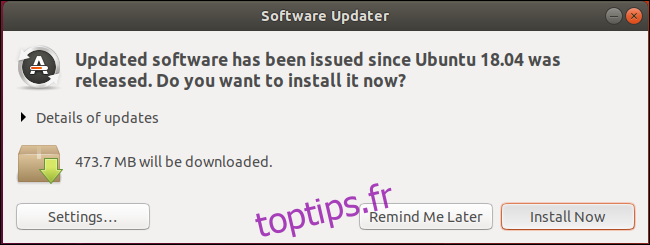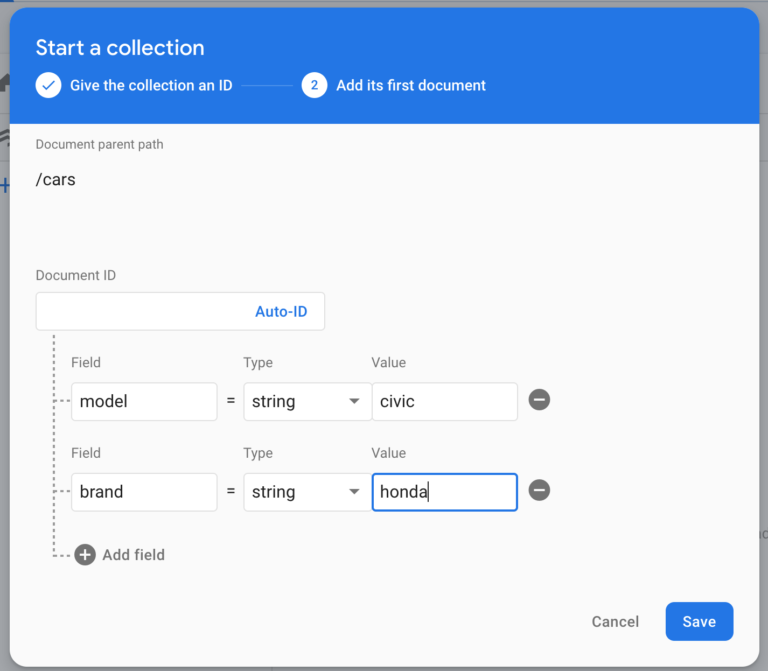


- #Mysql workbench m1 mac how to#
- #Mysql workbench m1 mac for mac os x#
- #Mysql workbench m1 mac mac os#
- #Mysql workbench m1 mac upgrade#
So it's clearly some mismatch between Server 5.7.2x and the 8.x Workbench, but why?
#Mysql workbench m1 mac how to#
Cant figure out how to get this to install on Win 11 image without error, just looking for the MySQL ODBC drivers to install. PeterM53 Bit Poster Messages: 1 Title says it all. Consequently, if I turn off the SSL connection (forcing unencrypted connection), the Workbench can connect. MySQL Connector / ODBC for Win 11 ARM Discussion in Parallels Desktop for Apple Silicon (M1) Mac started by PeterM53. Most I got is Bad handshake in the /var/log/mysql/error/log. Maybe it's something with OpenSSL? But I cannot see enough info in logs. The Database Connections Panel enables developers to easily manage standard database connections, including MySQL Fabric. The SQL Editor provides color syntax highlighting, auto-complete, reuse of SQL snippets, and execution history of SQL. Also not a problem with 127.0.0.1 I believe for the same reason. MySQL Workbench delivers visual tools for creating, executing, and optimizing SQL queries. This is not a problem with root access since I can connect to the exact same server without any configuration change whatsoever with the 6.3.10 workbench. Routines:ssl_choose_client_version:unsupported protocol
#Mysql workbench m1 mac upgrade#
However when I upgrade to MySQL Workbench 8.0.18 and try to connect to the exact same local server, I get an error: Failed to Connect to MySQL at 127.0.0.1:3306 with user root I used MySQL Workbench 6.3.10 (this is the latest version AFAIK before 8.0 appeared) without any problem. I’m partial to the command line approach for the time being, but use whatever is most appropriate for your situation.īy the way, these mySQL server management methods continue to work in MacOS Sierra as well.I have a local developer environment running MySQL server 5.7.27. This will be the easy approach for many Mac users, though you’ll have to fiddle with the pref panel as necessary, and if you go that route you’ll want to uncheck the auto-start option because it’s going to fail. If you want to restart the server, simply click to turn it off, wait a minute or so, then turn it back on again. If the server is already started, the button will change to “Stop MySQL Server”. First, you will need to install Docker.For this example, we will use a Docker compose file, a SQL file containing bootstrap data, also known as mysql-dump and macOS. Choose the “MySQL” preference panel, then click on the “Start MySQL Server” button to start MySQL Server on Mac. To do that, simply go to the Apple menu and open System Preferences. Exit the file with type control + x and when prompted to save the change by typing y. zsh file or creates a new one if it doesn’t exist, then add in the line above which adds the MySQL binary path to commands that you can run. Of course, you can also start and stop the MySQL server from the bundled preference panel. The first command brings you to your home directory and opens the.
#Mysql workbench m1 mac mac os#
Start, Stop, Restart MySQL from Mac OS Preference Panel Those interested can also follow a workaround posted to StackOverflow here to automatically load MySQL on boot in OS X El Capitan or Yosemite. Future versions of the MySQL installer will undoubtedly fix this for OS X but in the meantime if you get the installation error, either customize the installer and avoid the startup item, or ignore the error and start and stop mysql yourself when it’s needed.
#Mysql workbench m1 mac for mac os x#
You can download the latest version of MySQL for Mac OS X here. Of course, these can be combined with starting and stopping Apache server if your intention is to setup a local web development environment. Sudo /usr/local/mysql/support-files/rver restart Sudo /usr/local/mysql/support-files/rver stop Restart MySQL

Sudo /usr/local/mysql/support-files/rver start Stop MySQL Be sure to enter the command onto a single line, sudo obviously requires an administrator password to be entered. Hre are the three basic commands to start, stop, and restart MySQL in Mac OS X, including OS X El Capitan and OS X Yosemite. Starting, Stopping, Restarting MySQL on Mac OS X


 0 kommentar(er)
0 kommentar(er)
